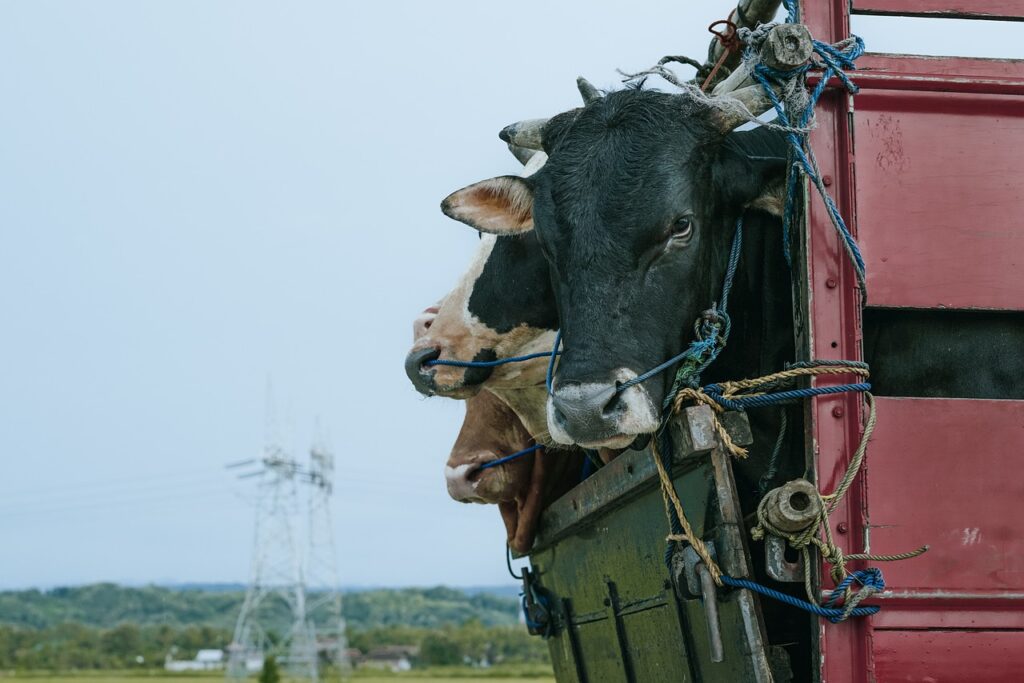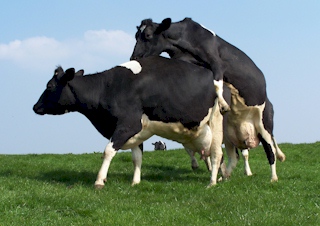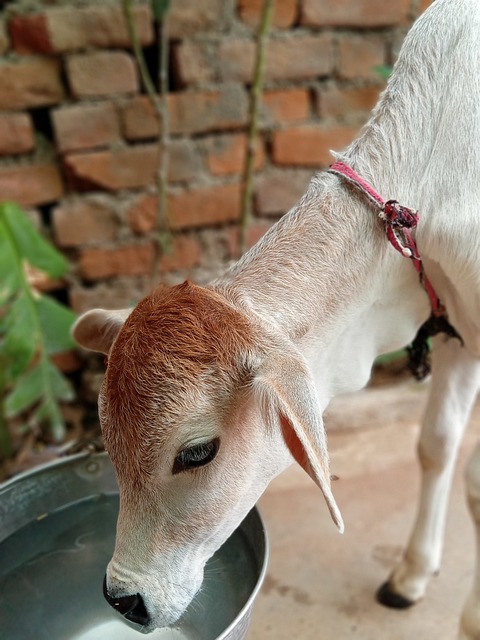Shipping fever, also known as bovine respiratory disease (BRD), stands as a significant health concern for cattle, particularly those subjected to the stress of transportation. This form of pneumonia commonly emerges shortly after shipping or transporting cattle, highlighting the complex interplay of factors that contribute to its occurrence. In this comprehensive article, we delve into the causes of shipping fever, its underlying pathogens, and effective prevention strategies to safeguard the respiratory health of cattle.
Causes of Shipping Fever:
The genesis of shipping fever lies in the combination of stressors, including the strain of transportation and the concurrent stress of weaning, especially in calves. The immune resistance of cattle is compromised under these circumstances, increasing susceptibility to lung infections. More than 20 bacteria and viruses can contribute to lung infections associated with shipping fever. Among them, the Pasteurella bacterium, typically present in healthy cattle, becomes a major concern when coupled with viral agents and stress, leading to severe illness.
Understanding Pasteurella Bacterium:
The Pasteurella bacterium is a pervasive component of the cattle microbiome, generally harmless in healthy individuals. However, when triggered by stress and coexisting with viral agents, it can transform into a formidable cause of respiratory distress. Recognizing the role of Pasteurella in shipping fever underscores the importance of managing stress levels and implementing preventive measures to avert severe consequences.
Prevention Strategies:
Preventing shipping fever requires a proactive approach, especially during critical periods such as weaning. Implementing the following strategies can significantly reduce the likelihood of respiratory outbreaks:
Vaccination Ahead of Weaning:
Vaccinate calves ahead of weaning with a Pasteurella vaccine recommended by a veterinarian. This preemptive measure enhances the immune response and fortifies the calves against potential infections.
Minimizing Stress at Weaning:
Weaning is a stressful time for calves; therefore, efforts should be made to minimize additional stressors. Providing a calm and gradual transition can significantly reduce the risk of respiratory illnesses.
Effective Timing of Vaccination:
Administer vaccinations well before the weaning period and before cattle are shipped to market. This ensures that the immune system is adequately primed to combat potential pathogens encountered during transportation.
Monitoring and Early Intervention:
Regularly monitor cattle for signs of respiratory distress. Early identification of symptoms allows for prompt intervention, minimizing the impact of the disease.
Conclusion:
Shipping fever poses a considerable threat to the respiratory health of cattle, particularly during transportation and weaning. Recognizing the multifaceted nature of this condition, farmers can take proactive steps to prevent its occurrence. Vaccination, stress management, and timely interventions are pivotal components of a comprehensive strategy to mitigate the impact of shipping fever and ensure the well-being of the cattle population. By understanding the dynamics of this respiratory disease, farmers can enhance their herd management practices, contributing to the overall health and productivity of their livestock.





